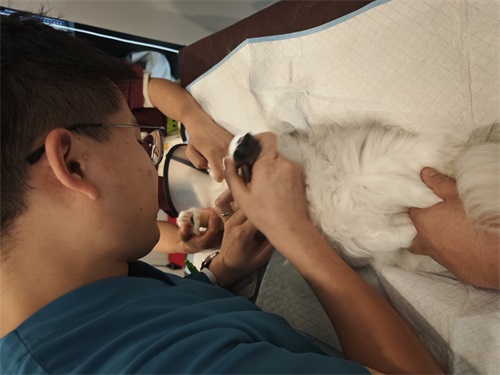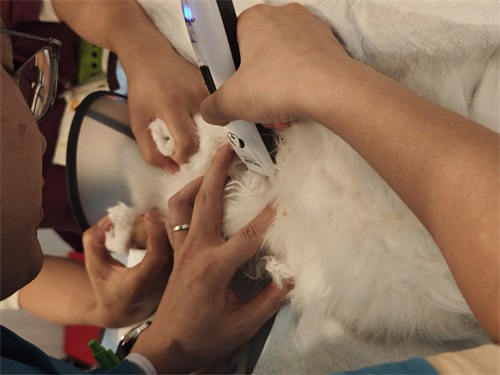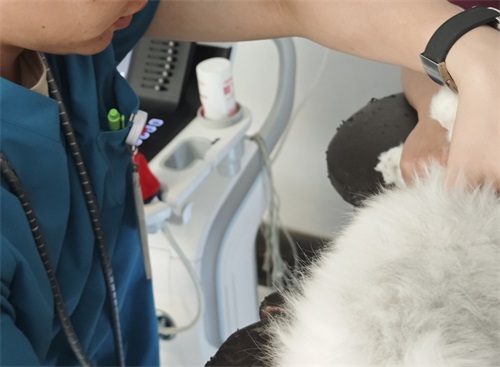Yes, ultrasound is highly operator dependent. The accuracy and diagnostic value of ultrasonography are significantly influenced by the operator’s skill and experience. As a livestock farmer utilizing ultrasound technology, I’ve come to appreciate the critical role that operator proficiency plays in obtaining reliable imaging results.

Understanding Operator Dependency in Ultrasound
Ultrasound imaging relies on the use of high-frequency sound waves to create images of internal body structures. The quality of these images is not solely determined by the equipment but heavily depends on the operator’s ability to correctly position the transducer, adjust machine settings, and interpret the resulting images. This is particularly true in veterinary medicine, where anatomical variations among different species add complexity to the imaging process.
According to the MSD Veterinary Manual, ultrasonography is widely used in veterinary practice, especially for evaluating soft tissue structures in the abdomen, musculoskeletal system, and thorax. However, the manual emphasizes that the effectiveness of ultrasonography is significantly influenced by the operator’s expertise .
The Importance of Specialized Training
Becoming proficient in ultrasound imaging requires extensive training and hands-on experience. In my case, I attended a two-year program that included 20 months of clinical training, amounting to approximately 1,400 hours of practical experience. This rigorous training is essential to develop the skills necessary for accurate image acquisition and interpretation.
The MSD Veterinary Manual notes that even after formal training, sonographers often need several years of practical experience to become truly adept. Seasoned sonographers frequently consult with colleagues and radiologists when uncertain, highlighting the complexity and collaborative nature of the field .

Challenges in Veterinary Ultrasonography
Veterinary ultrasonography presents unique challenges due to the diversity of animal species and sizes. Operators must be familiar with the normal anatomy and pathological variations across different animals. For instance, imaging the reproductive system in large animals often requires transrectal ultrasonography, a technique that demands specific skills and knowledge .
Additionally, factors such as bowel gas can inhibit imaging of adjacent abdominal organs, and the presence of bone or air can create shadows that obscure underlying structures. These limitations necessitate a high level of operator skill to obtain diagnostic-quality images .
Continuous Learning and Collaboration
Ultrasound technology and techniques are continually evolving, requiring operators to engage in ongoing education. Staying updated with the latest advancements is crucial for maintaining proficiency and ensuring accurate diagnoses. Moreover, collaboration among veterinary professionals enhances diagnostic accuracy and patient care.
As emphasized in the MSD Veterinary Manual, the operator’s ability to recognize lesions and apply additional tools, such as color Doppler, is vital for thorough patient evaluation .

Conclusion
In conclusion, ultrasound is indeed highly operator dependent. The effectiveness of ultrasonography hinges on the operator’s training, experience, and continuous learning. As a livestock farmer, I recognize the value of investing in skilled sonographers and ongoing education to ensure accurate diagnoses and optimal animal health care.
References
-
MSD Veterinary Manual: “Ultrasonography in Animals”